Home>Gardening & Outdoor>Landscaping Ideas>How Long Before I Mow New Grass
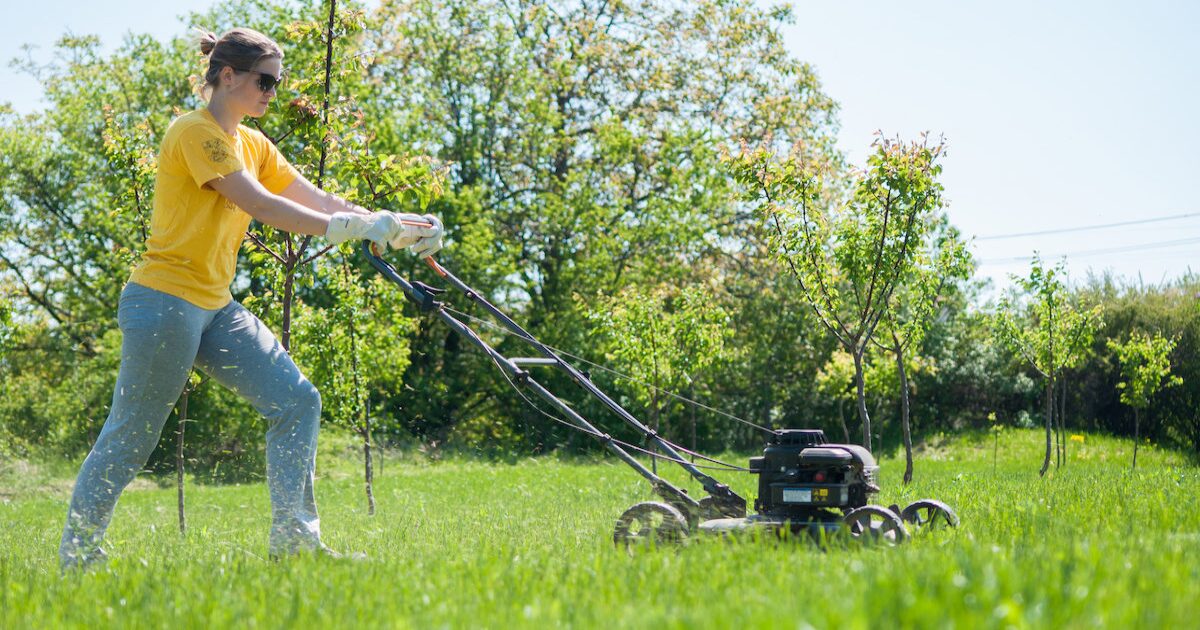

Landscaping Ideas
How Long Before I Mow New Grass
Modified: February 18, 2024
Find expert advice on when to mow new grass in your landscaping project. Learn the best landscaping ideas for maintaining healthy, vibrant grass.
(Many of the links in this article redirect to a specific reviewed product. Your purchase of these products through affiliate links helps to generate commission for Storables.com, at no extra cost. Learn more)
Introduction
So, you've just overseeded your lawn, or maybe you've installed new sod, and now you're wondering when it's safe to give it the first mow. It's an exciting time as you watch your new grass take root and start to grow, but it's essential to exercise patience and care when it comes to mowing new grass. Proper mowing practices can set the stage for a healthy and vibrant lawn, while premature mowing can hinder the establishment of the new grass and lead to a less-than-desirable outcome.
In this article, we'll delve into the factors to consider before mowing new grass, the best time to mow, and the proper techniques for mowing newly established turf. By understanding these key aspects, you'll be equipped with the knowledge to nurture your new grass and set the stage for a lush and thriving lawn. So, let's roll up our sleeves and explore the ins and outs of mowing new grass to ensure your lawn gets off to the best start possible.
Key Takeaways:
- Patience is key when mowing new grass. Wait until it reaches 3-4 inches in height, choose a dry day, and vary mowing patterns for a healthy, vibrant lawn.
- Mow new grass with care. Prepare the mower, set the height correctly, and trim dry grass. Manage clippings and provide post-mowing care for optimal results.
Read more: How Long To Let New Grass Grow Before Mowing
Factors to Consider Before Mowing New Grass
Before firing up the lawnmower and giving your new grass its inaugural trim, it’s crucial to consider several factors to ensure that the mowing process supports the healthy establishment of your lawn. Here are the key considerations:
- Growth Height: New grass should be given ample time to establish its root system and develop a healthy growth height before mowing. Typically, it’s recommended to wait until the grass reaches about 3 to 4 inches in height before mowing for the first time. This height allows the grass to capture sunlight effectively and promotes stronger root development.
- Soil Moisture: The moisture content of the soil plays a significant role in determining the readiness of new grass for mowing. It’s essential to ensure that the soil is neither too dry nor excessively wet. Mowing on overly dry soil can stress the grass, while mowing on excessively wet soil can lead to soil compaction and damage to the delicate young plants.
- Weather Conditions: Consider the weather forecast before scheduling the first mow. Ideally, choose a day when the grass and soil are dry to prevent clumping and potential damage to the turf. Additionally, mowing during the cooler parts of the day, such as the morning or late afternoon, can minimize stress on the grass.
- Blade Sharpness: Ensure that the lawnmower blades are sharp to achieve clean cuts. Dull blades can tear the grass, leading to a ragged appearance and potential damage to the young plants. Sharp blades promote a neat and healthy appearance while reducing the risk of stress and disease.
- Establishment Period: Consider the specific type of grass you’ve planted and its recommended establishment period. Different grass species have varying growth rates and establishment timelines, so it’s important to align the mowing schedule with the unique characteristics of your grass variety.
By carefully considering these factors, you can make an informed decision regarding the optimal timing for mowing your new grass, setting the stage for a successful and thriving lawn.
The Best Time to Mow New Grass
Timing is crucial when it comes to mowing new grass, as it directly impacts the overall health and appearance of your lawn. While it’s tempting to grab the lawnmower as soon as the grass starts sprouting, exercising patience and waiting for the right moment is key to nurturing a robust and vibrant lawn. Here are the factors that determine the best time to mow new grass:
- Growth Height: As mentioned earlier, it’s generally recommended to mow new grass when it reaches a height of about 3 to 4 inches. At this stage, the grass has had the opportunity to establish its root system and develop adequate leaf surface for photosynthesis, essential for its overall growth and health.
- Weather Conditions: Choosing the right weather conditions for mowing is crucial. Opt for a dry day to prevent clumping and ensure that both the grass and soil are not excessively wet. Mowing wet grass can lead to an uneven cut and damage to the turf. Additionally, mowing during the cooler parts of the day can minimize stress on the grass, especially during hot summer months.
- Mowing Frequency: It’s important to avoid removing more than one-third of the grass blade’s height in a single mowing session. Removing excessive leaf tissue can stress the grass and impede its ability to photosynthesize and recover effectively. Therefore, the best time to mow is when the grass has reached the recommended height and needs to be trimmed to maintain an optimal length.
- Grass Variety: Different grass species have varying growth rates and mowing requirements. Understanding the specific characteristics of your grass variety, such as its growth habit and recommended mowing height, can help you determine the best time to mow for a healthy and attractive lawn.
By taking these factors into account, you can identify the opportune moment to mow your new grass, ensuring that the mowing process supports the continued growth and vitality of your lawn.
Wait until the new grass reaches 3-4 inches before mowing. This usually takes 2-3 weeks after planting. Mow at the highest setting to avoid damaging the young grass.
How to Mow New Grass
Now that you’ve identified the optimal time to mow your new grass, it’s essential to approach the mowing process with care and precision to support the healthy establishment and growth of your lawn. Here are the key steps and techniques for mowing new grass:
- Prepare the Mower: Before mowing, ensure that the lawnmower is in good working condition. Check the oil, fuel, and tire pressure, and sharpen the mower blades to achieve clean cuts. A well-maintained mower is essential for a smooth and effective mowing process.
- Set the Mowing Height: Adjust the mower deck to the recommended mowing height for your grass variety. It’s crucial not to remove more than one-third of the grass blade’s height in a single mowing session to avoid stressing the grass. Setting the mower at the appropriate height promotes healthy growth and a lush appearance.
- Trim Dry Grass: Mow the grass when it’s dry to achieve a clean and even cut. Wet grass can lead to clumping and an uneven mowing pattern, potentially damaging the turf and hindering its growth. Additionally, mowing during the cooler parts of the day can reduce stress on the grass.
- Mowing Pattern: Vary the mowing direction and pattern with each mow to prevent soil compaction and encourage upright grass growth. Alternating between horizontal, vertical, and diagonal mowing patterns promotes a more even cut and a healthier lawn overall.
- Clippings Management: If the grass clippings are short and lightweight, consider leaving them on the lawn as they can provide valuable nutrients to the soil. However, if the clippings are long and likely to smother the grass, collect and dispose of them appropriately to prevent thatch buildup.
- Post-Mowing Care: After mowing, water the lawn lightly to help the grass recover from the mowing process. Avoid heavy watering immediately after mowing, as it can lead to soil compaction. Additionally, consider fertilizing the lawn according to the specific needs of your grass variety to support its ongoing growth and health.
By following these guidelines and techniques, you can mow your new grass effectively, promoting a lush, healthy, and visually appealing lawn that will be the envy of the neighborhood.
Conclusion
As you embark on the journey of nurturing your new grass, it’s important to approach the mowing process with patience, knowledge, and care. By considering the growth height, soil moisture, weather conditions, blade sharpness, and the specific establishment period of your grass, you can make informed decisions regarding the optimal timing for mowing. Waiting for the right moment and ensuring that the grass is adequately prepared for mowing sets the stage for a healthy and thriving lawn.
Timing is key when it comes to mowing new grass, and it’s essential to wait until the grass reaches the recommended height and the weather conditions are favorable. By adhering to these guidelines, you can support the continued growth and vitality of your lawn, promoting a lush and visually stunning landscape.
When it’s time to mow, approach the process with precision and attention to detail. Prepare the mower, set the mowing height correctly, and choose the right time to mow for optimal results. Vary the mowing pattern, manage the clippings thoughtfully, and provide post-mowing care to help the grass recover and thrive.
By integrating these practices into your lawn care routine, you can foster the healthy establishment of your new grass and set the stage for a vibrant and resilient lawn that will be a source of pride and enjoyment for years to come. So, embrace the journey of nurturing your new grass, and revel in the beauty of a well-maintained and flourishing lawn.
Remember, a little patience and attention to detail in the early stages can yield remarkable results and contribute to the long-term health and beauty of your outdoor space. Here’s to a lush and thriving lawn that becomes the envy of the neighborhood!
Frequently Asked Questions about How Long Before I Mow New Grass
Was this page helpful?
At Storables.com, we guarantee accurate and reliable information. Our content, validated by Expert Board Contributors, is crafted following stringent Editorial Policies. We're committed to providing you with well-researched, expert-backed insights for all your informational needs.
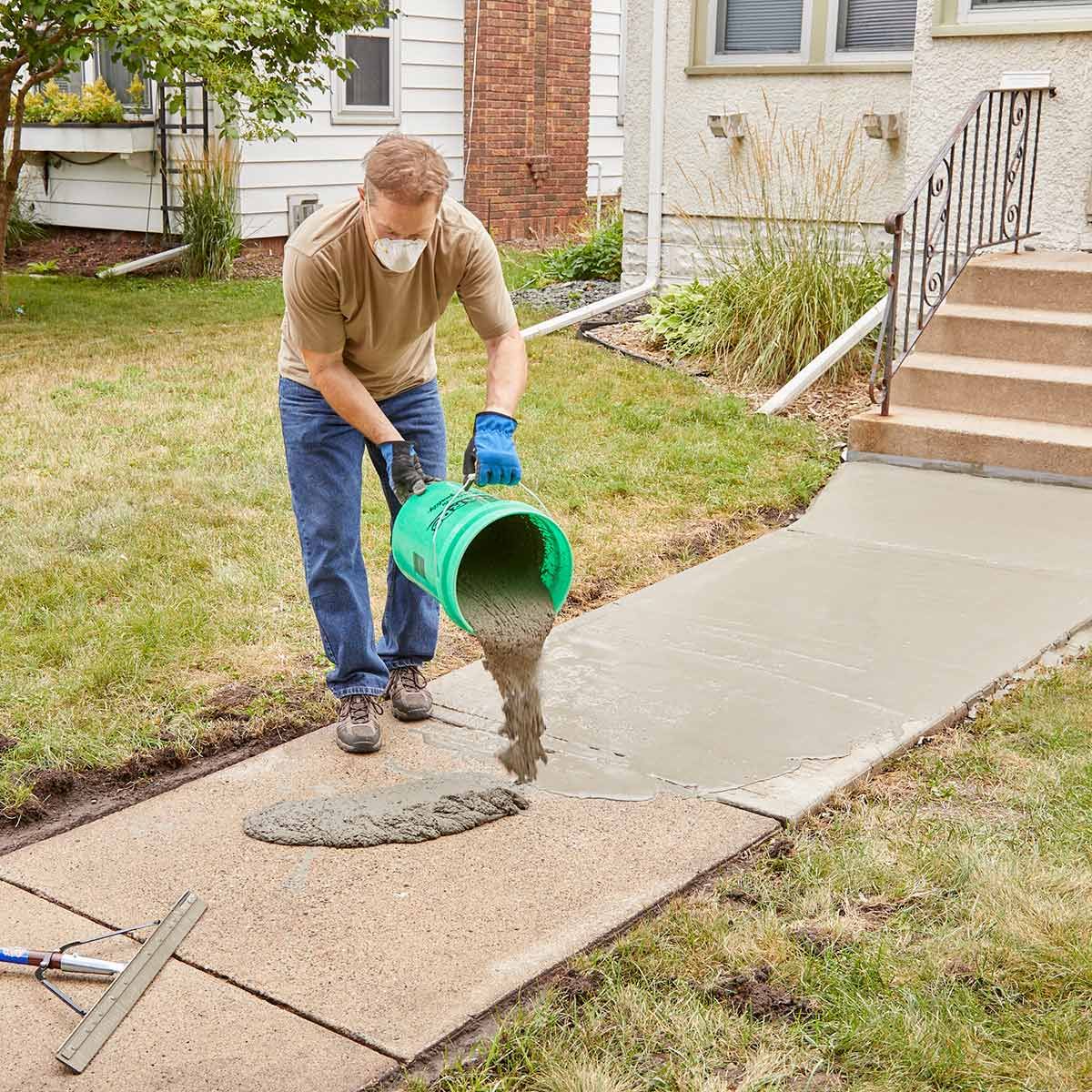
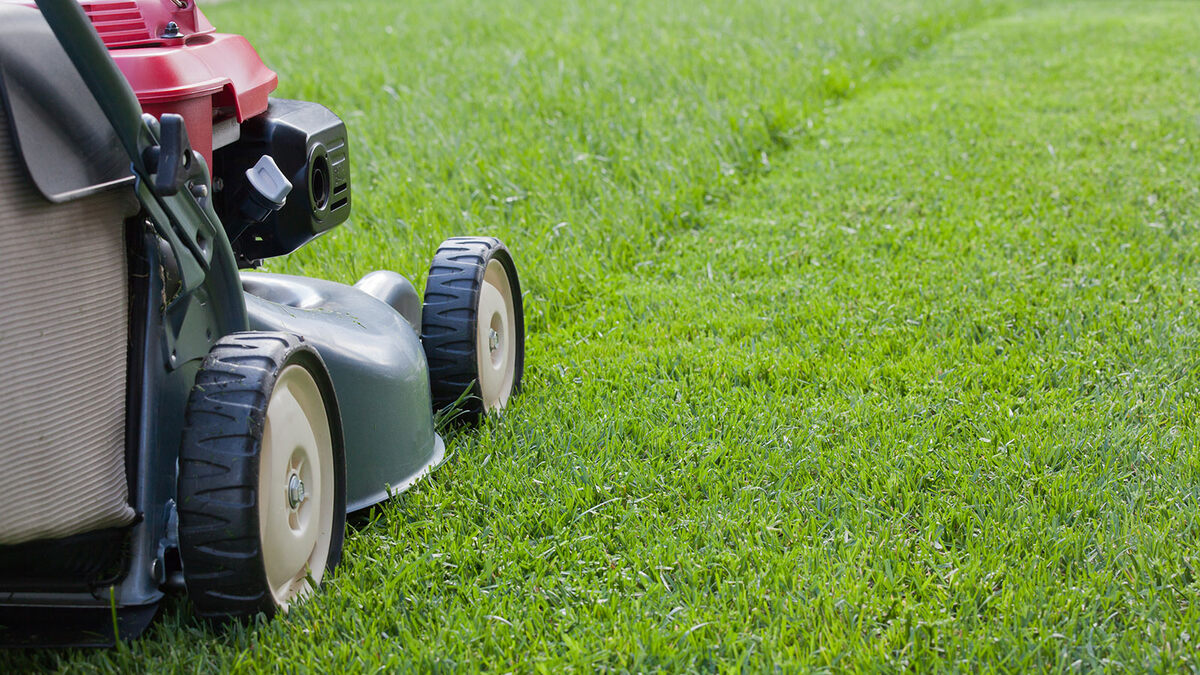
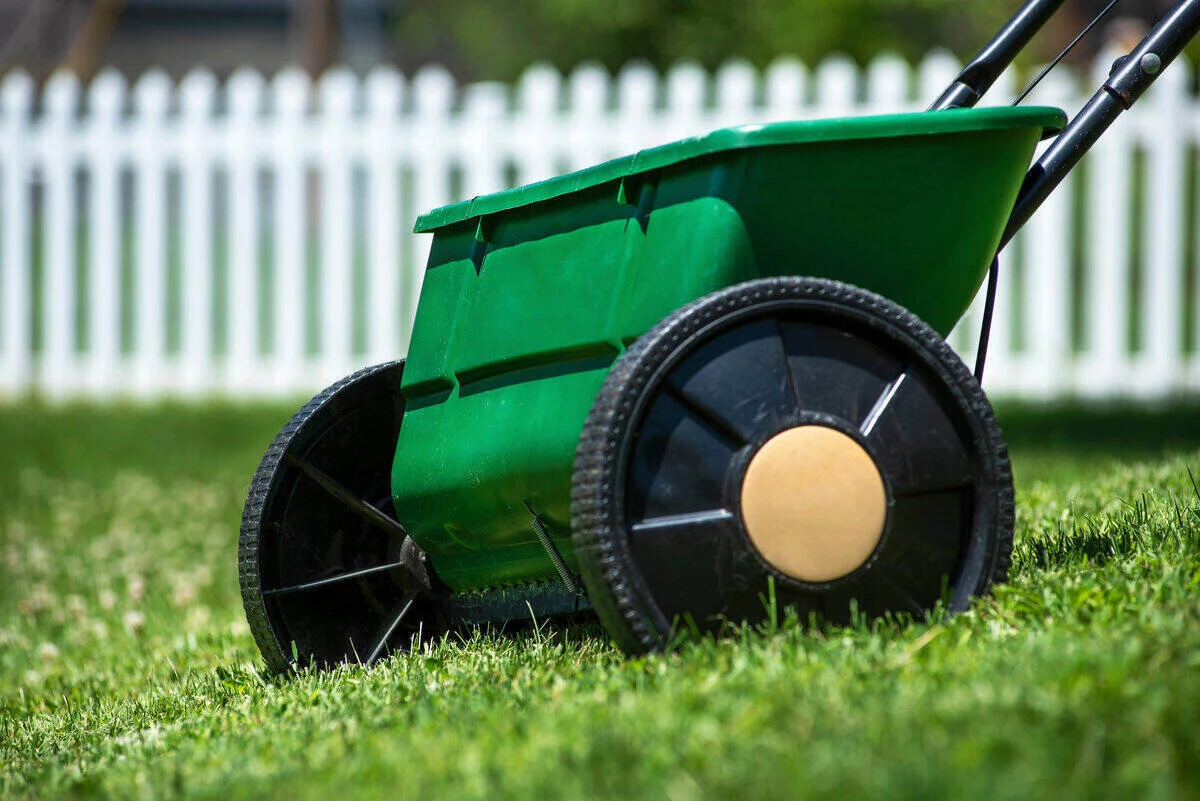
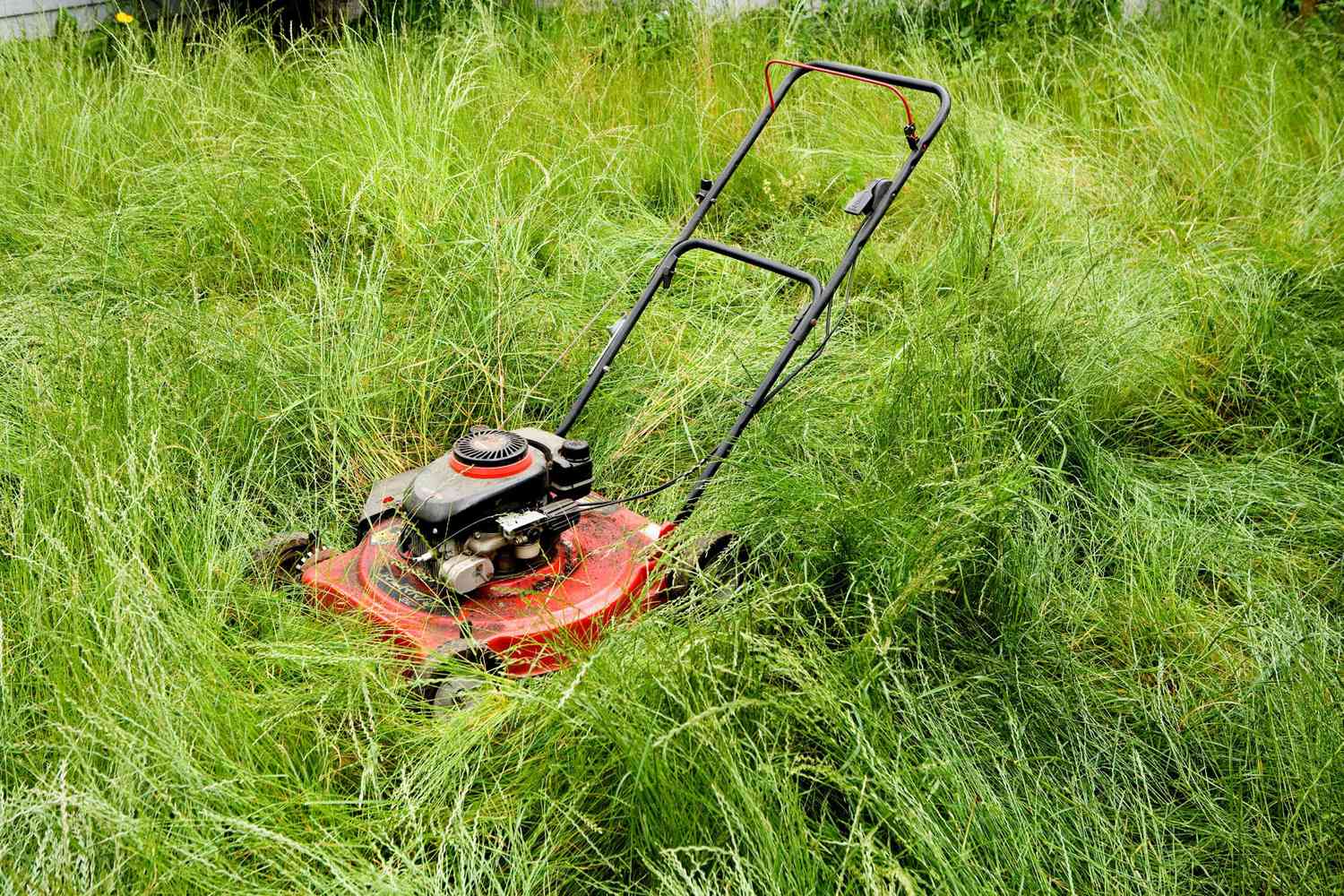
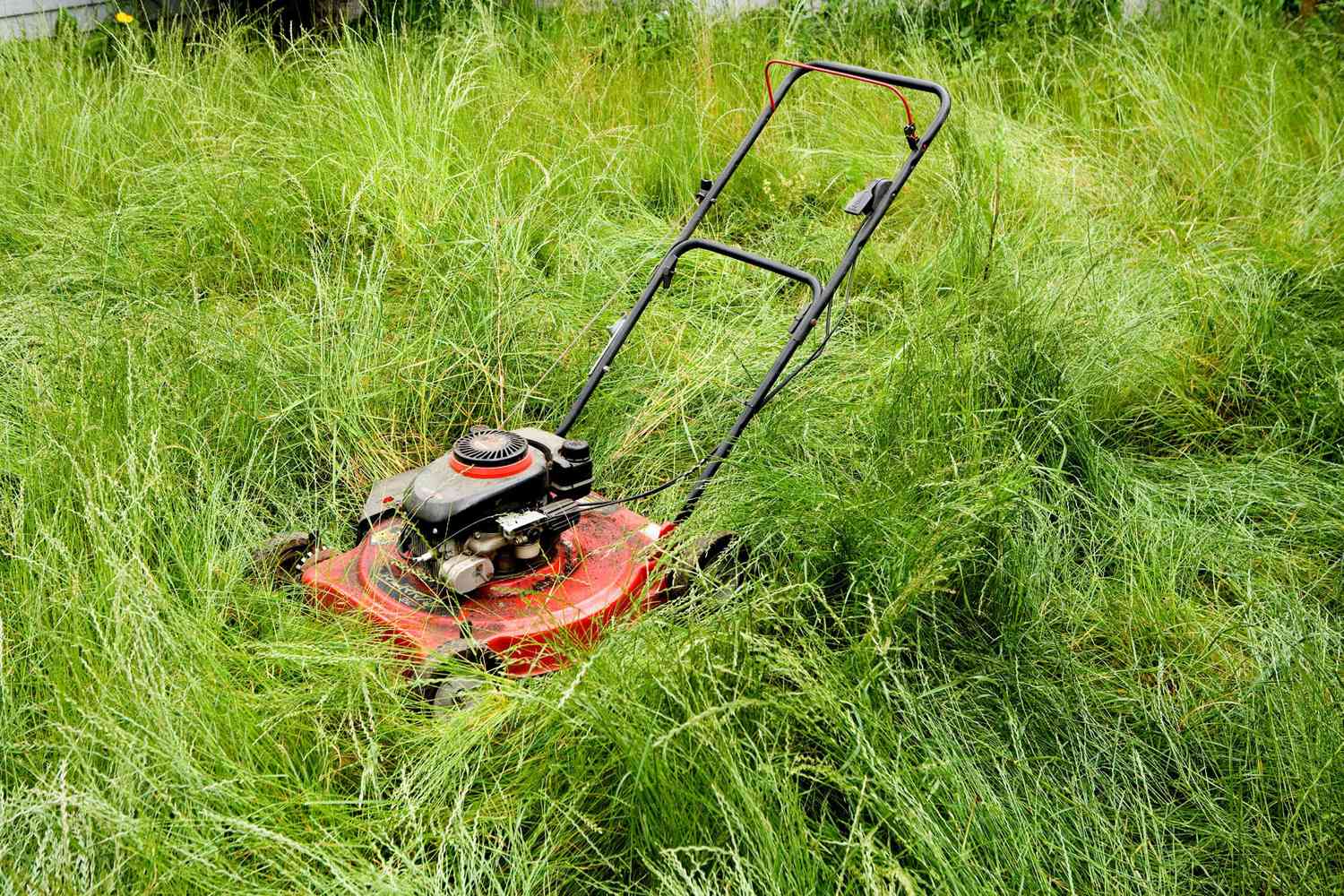
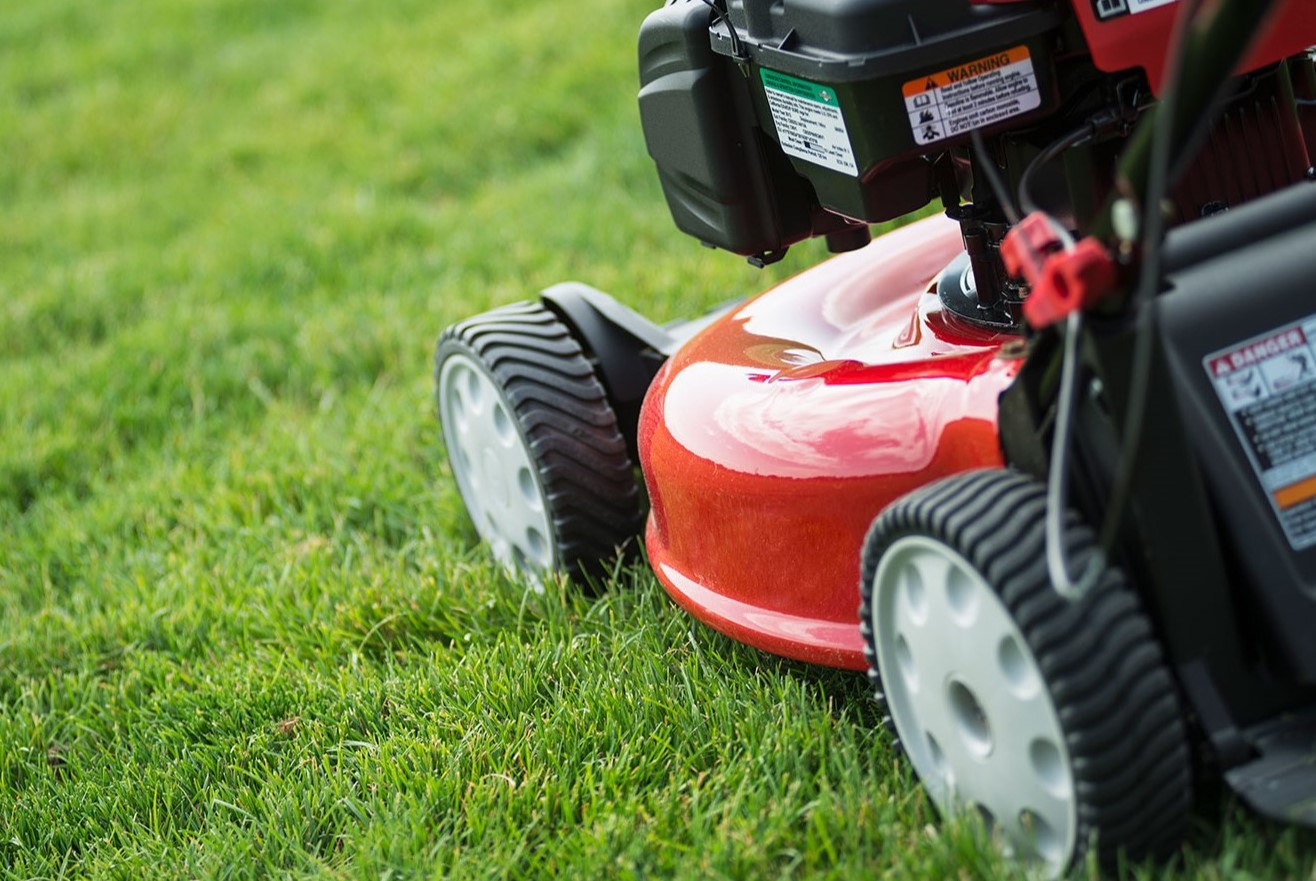
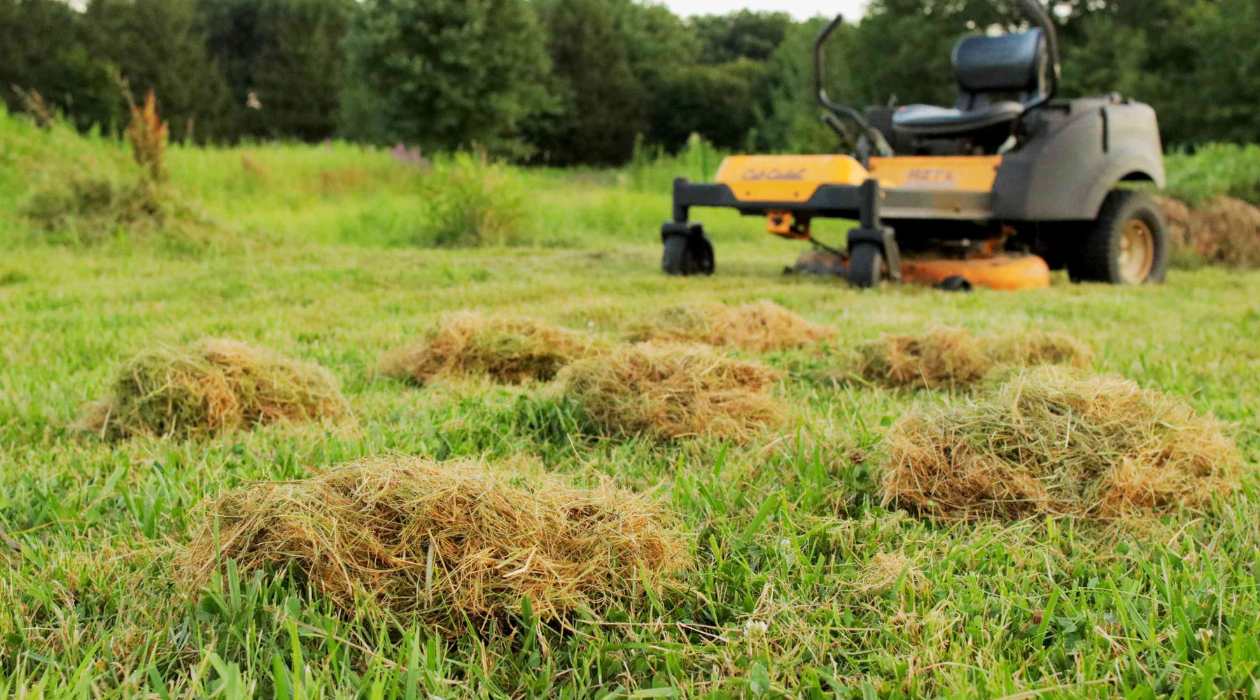
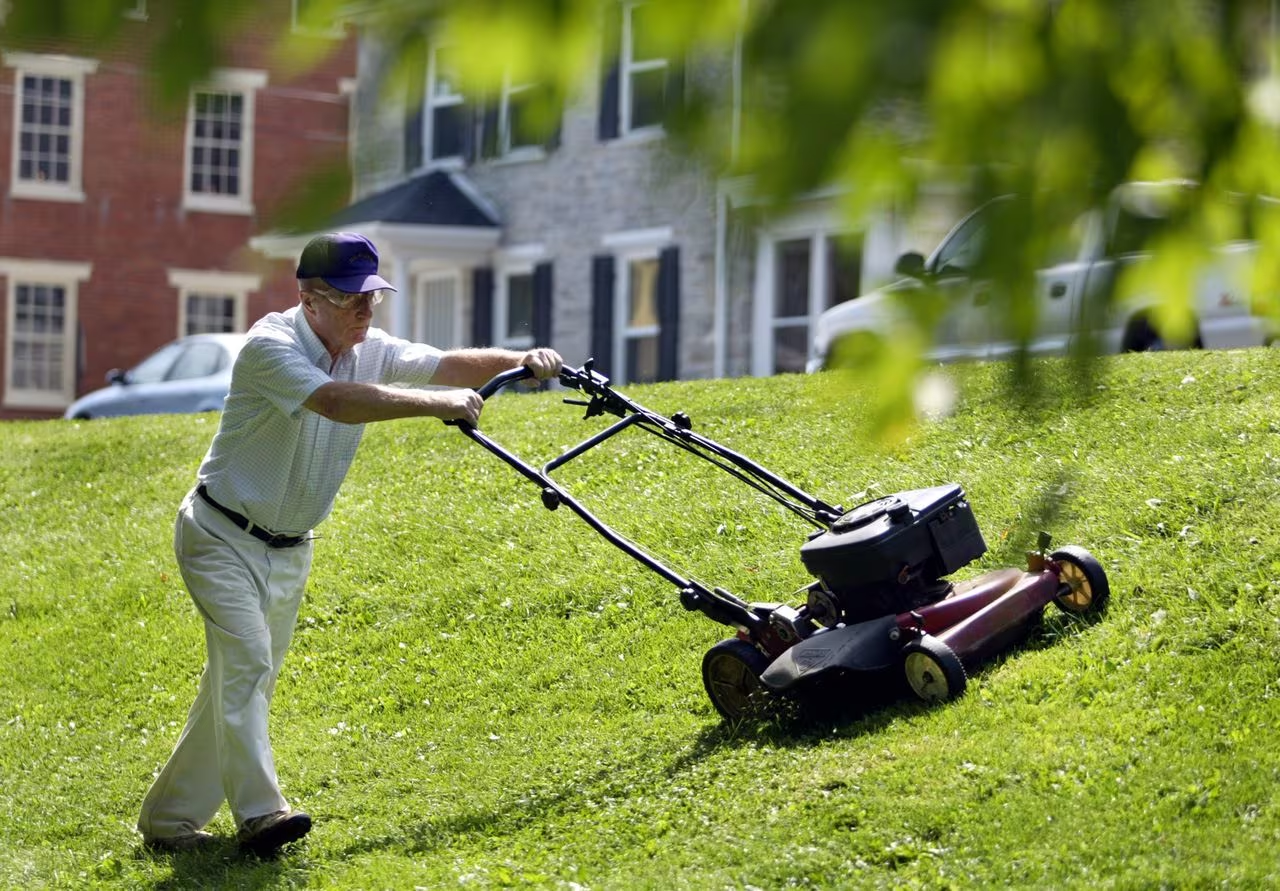
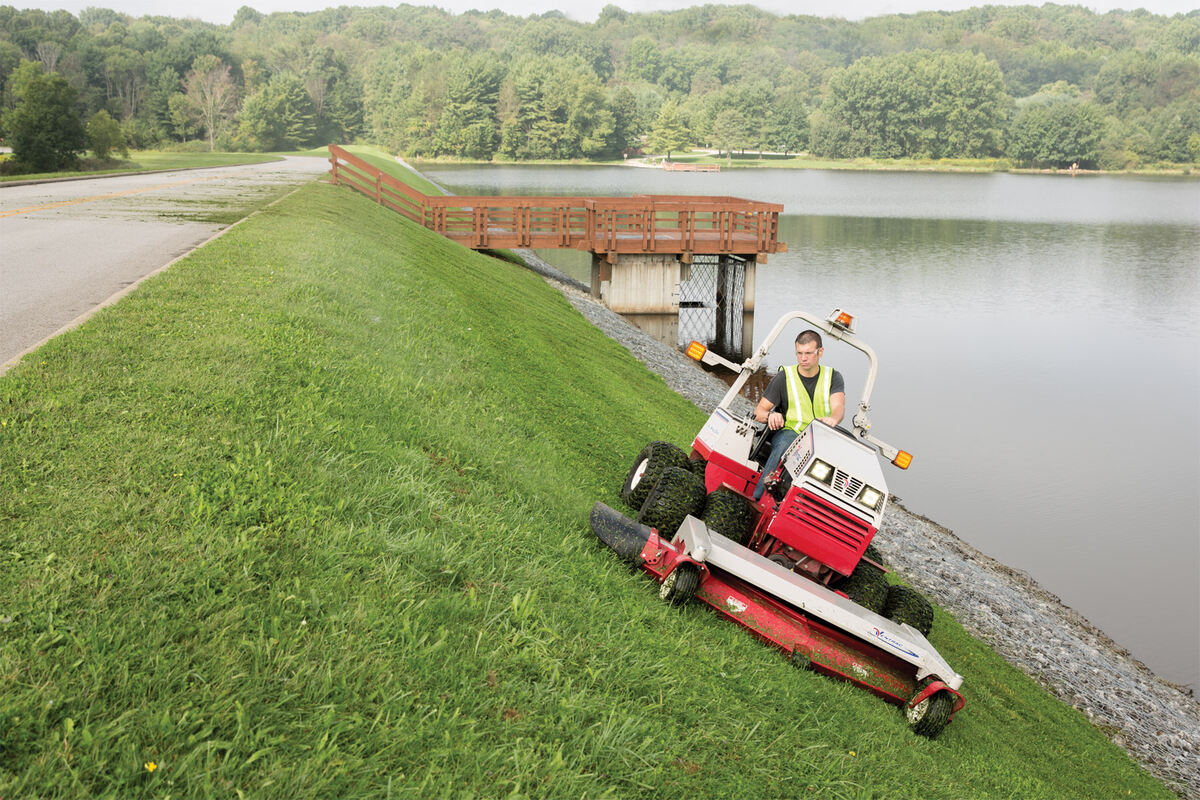
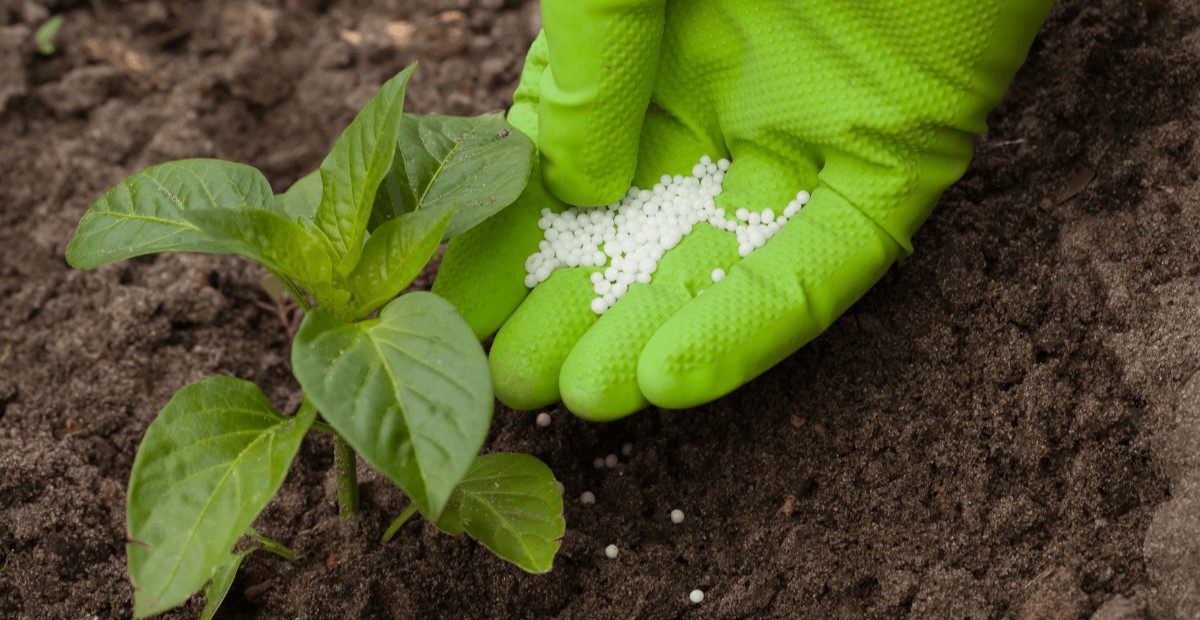
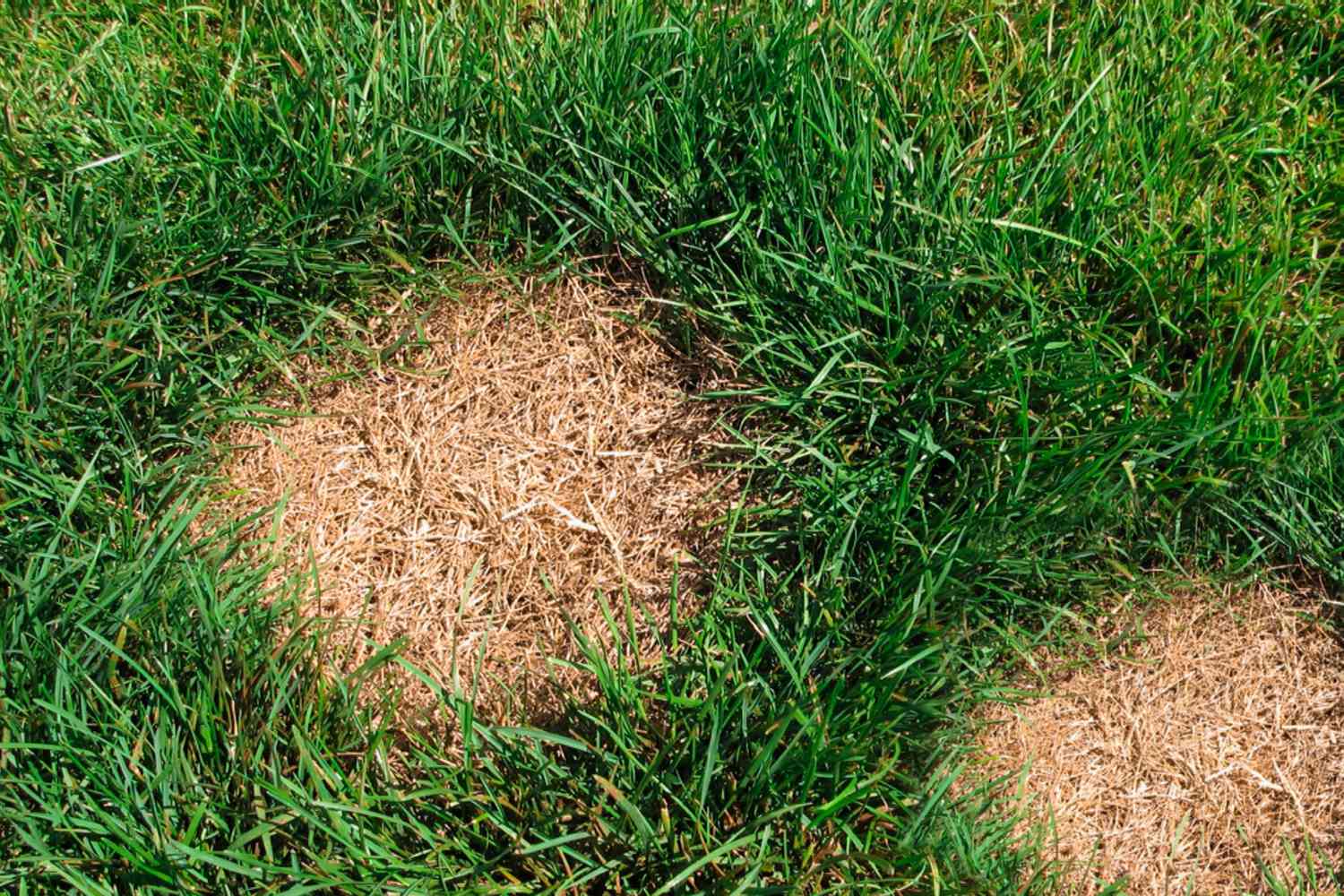
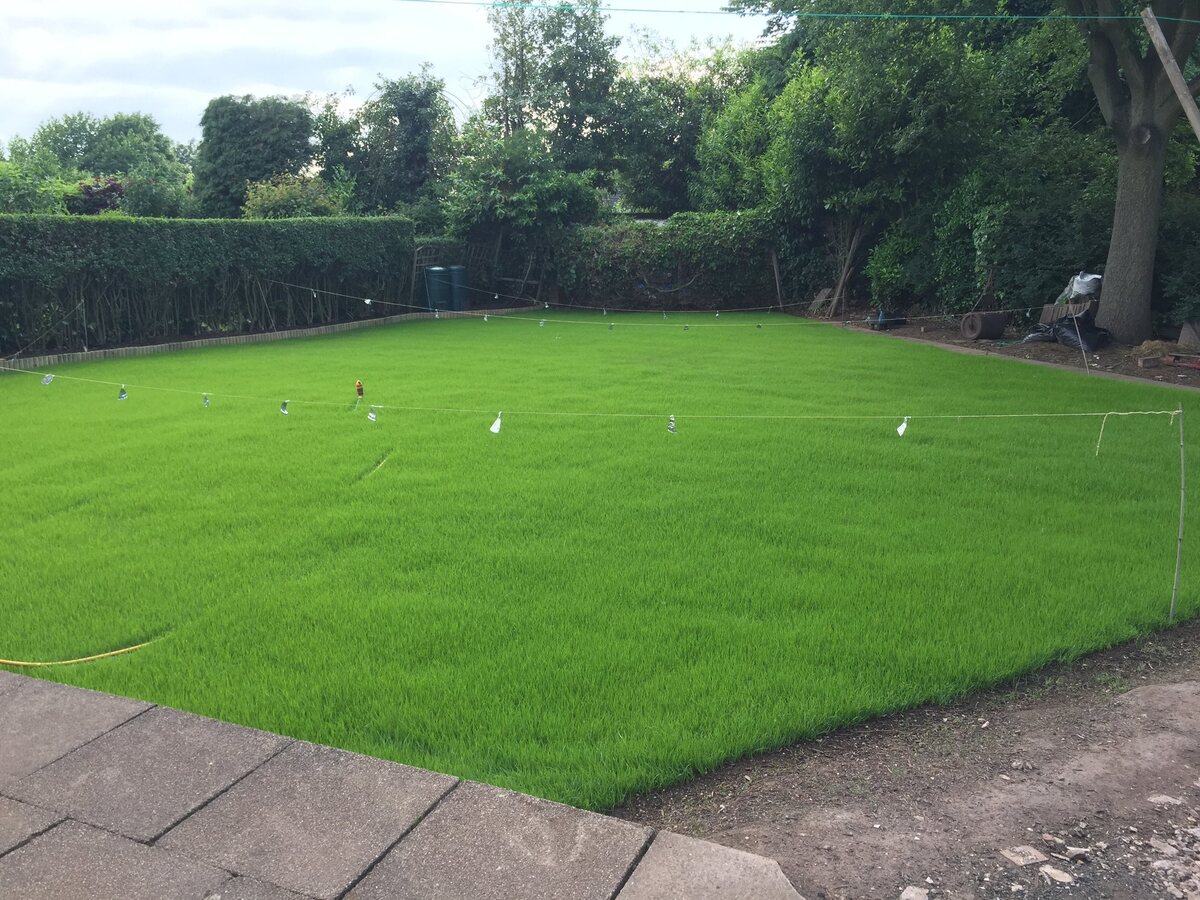
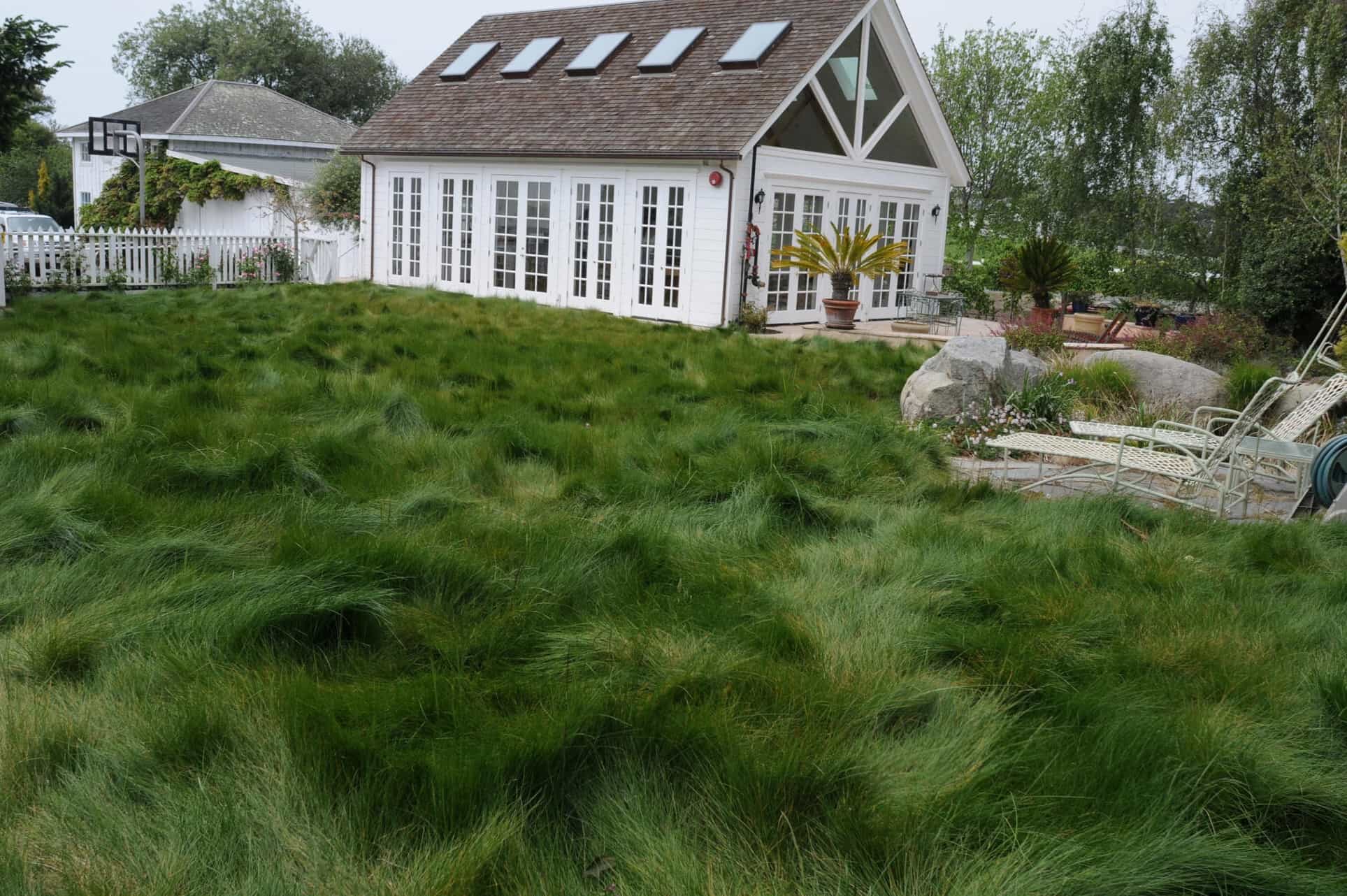
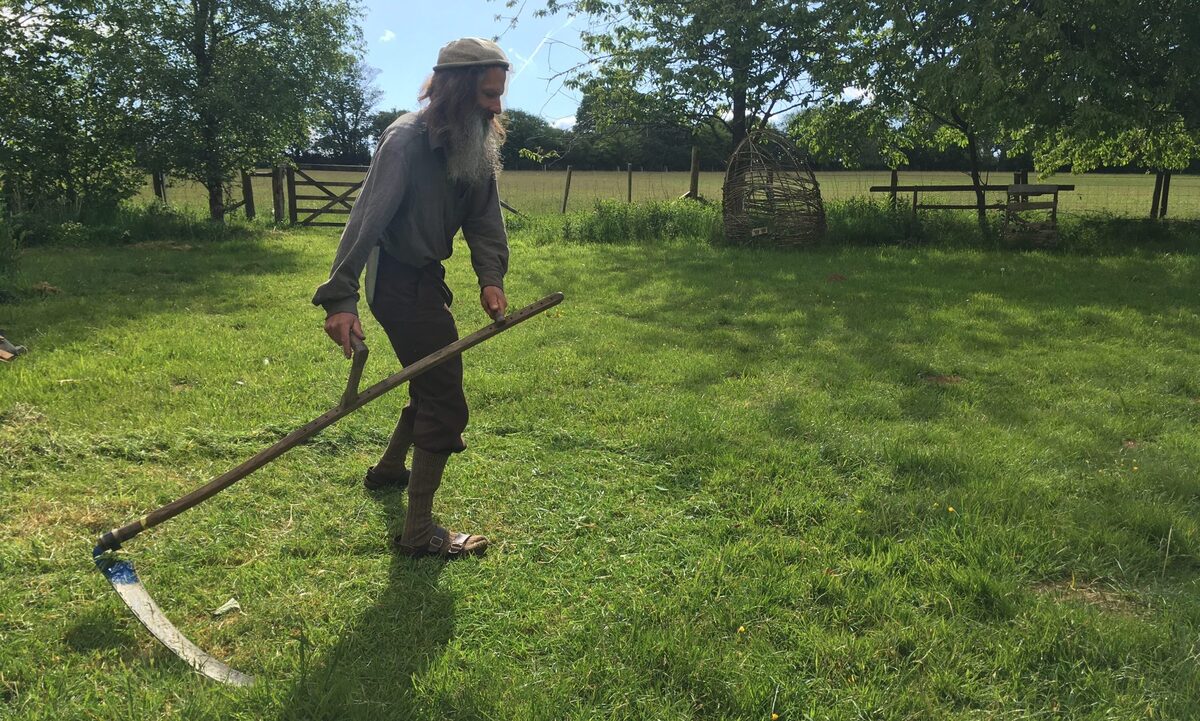
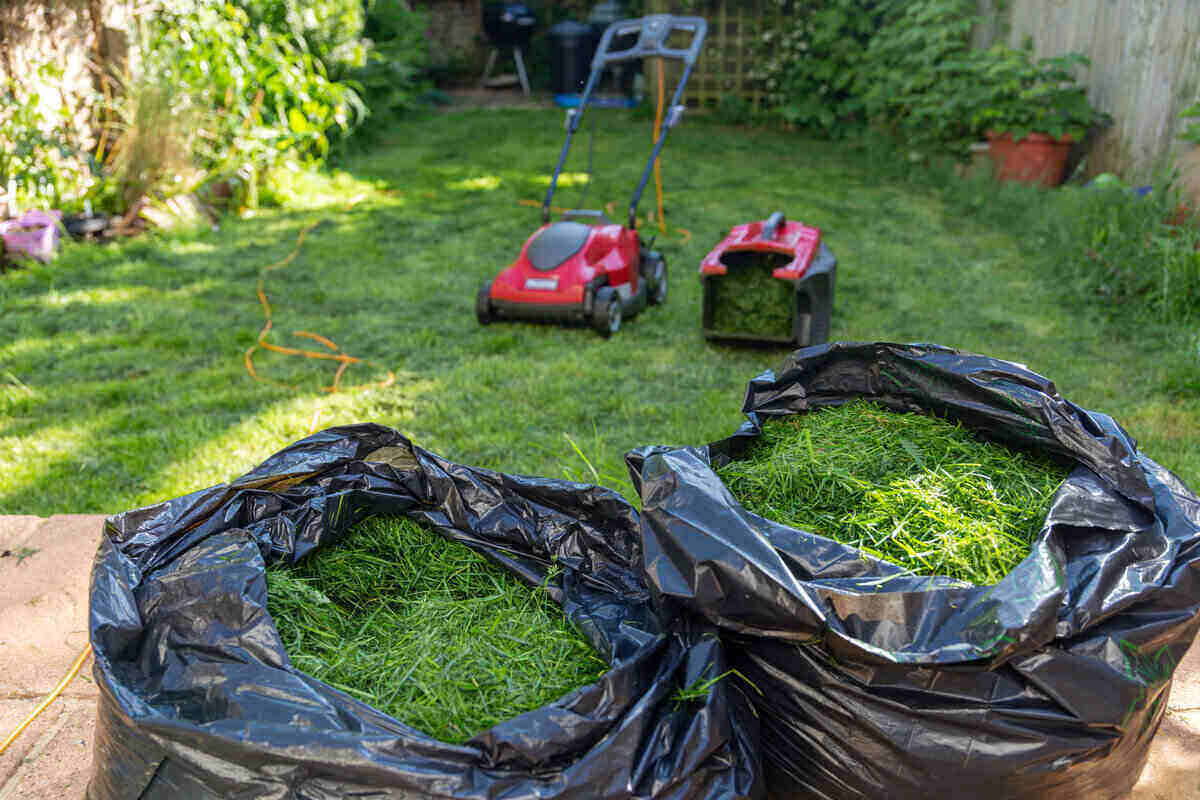

0 thoughts on “How Long Before I Mow New Grass”